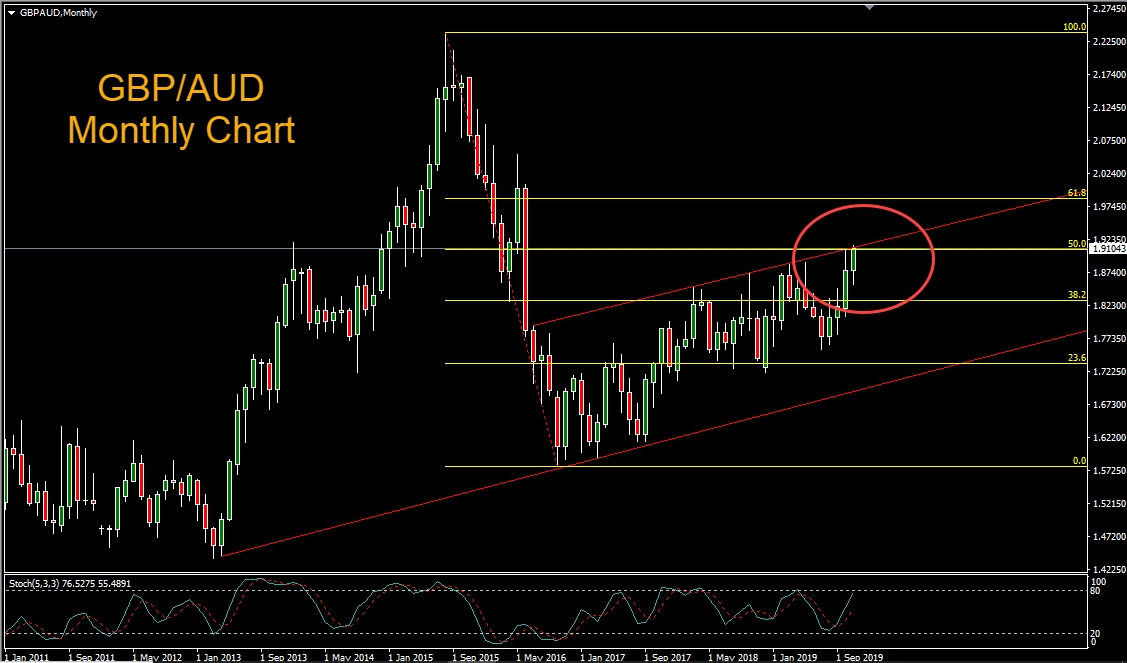Sterling was bid across the board in early trading on Thursday. The pound reached 6-month highs against both the euro and the Swiss franc. The most notable high, however, was against the Australian dollar, with GBP/AUD soaring to levels last seen in June of 2016. A new poll indicating a decisive Conservative party victory was a key driver of the rally in Sterling. Meanwhile, the Australian dollar was pressured by dovish comments from RBA governor Philip Lowe.
On Wednesday, a new YouGov poll indicated that British Prime Minister Boris Johnson is heading for a solid victory at the December 12 General Election. The YouGov MRP poll predicted a major Conservative party win, with 359 seats and a majority of 68. The poll is carefully watched by the market because the multi-level regression and post-stratification (MRP) model accurately predicted Theresa May’s loss of her majority in 2017.
While the pound was lifted by election related news, dovish signals from the RBA pressured the Aussie. On Tuesday, Reserve Bank of Australia (RBA) governor Philip Lowe said he did not anticipate a need for Quantitative Easing (QE), but that it would become an option if interest rates fell to 0.25%. He said: “Our current thinking is that QE becomes an option to be considered at a cash rate of 0.25%, but not before that.” The market widely viewed the statement as implying that the door is open for a move to 0.25%. The RBA has already cut interest rates three times since June to a record low of 0.75%. Lower interest rates make a currency less appealing in relation to higher yielding rivals.
Looking at the GBP/AUD monthly chart we can see that price is potentially at a key inflection point. Price is pressed against the upper trendline of a channel pattern and has reached a key 50% retracement level. However, GBP/AUD bulls are already eyeing the major psychological level of 2.0 sitting overhead.

